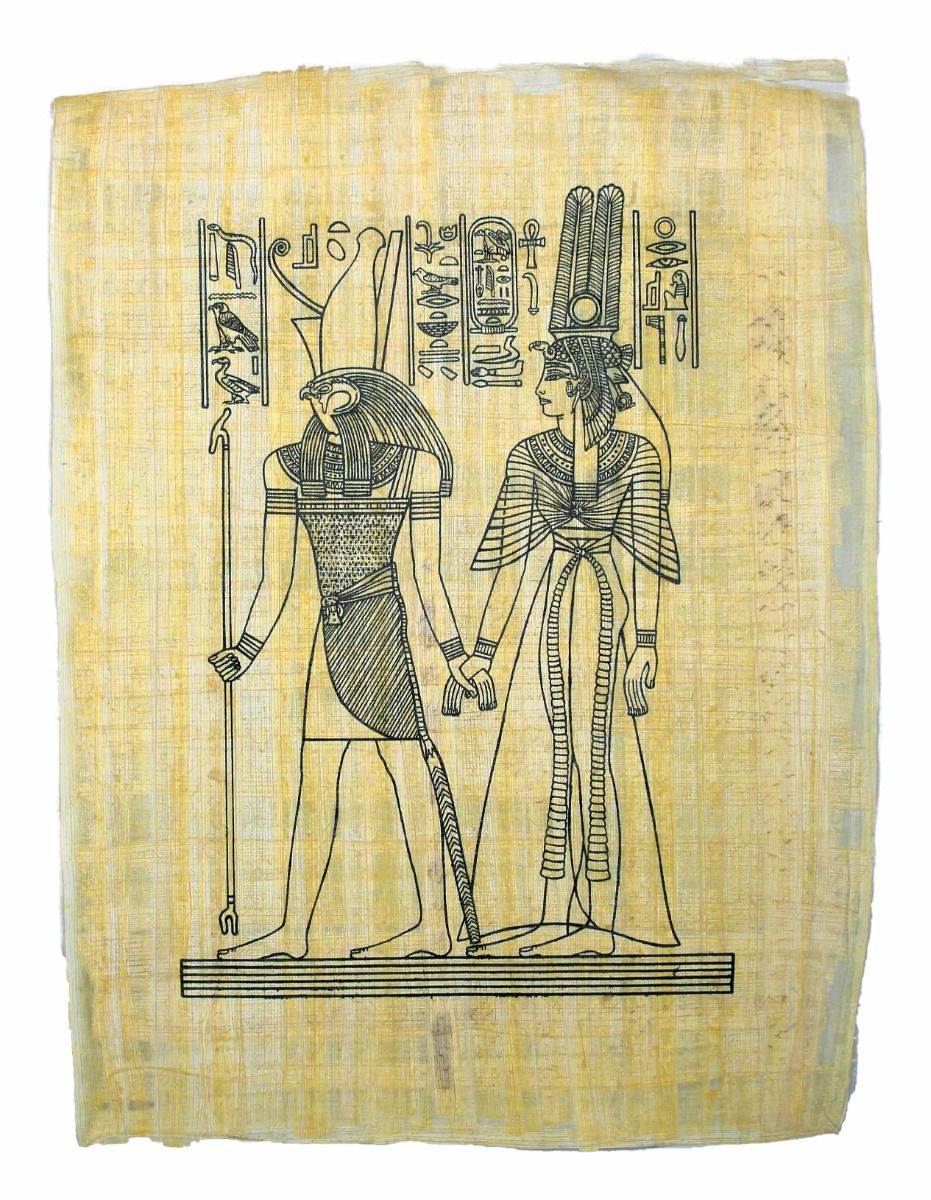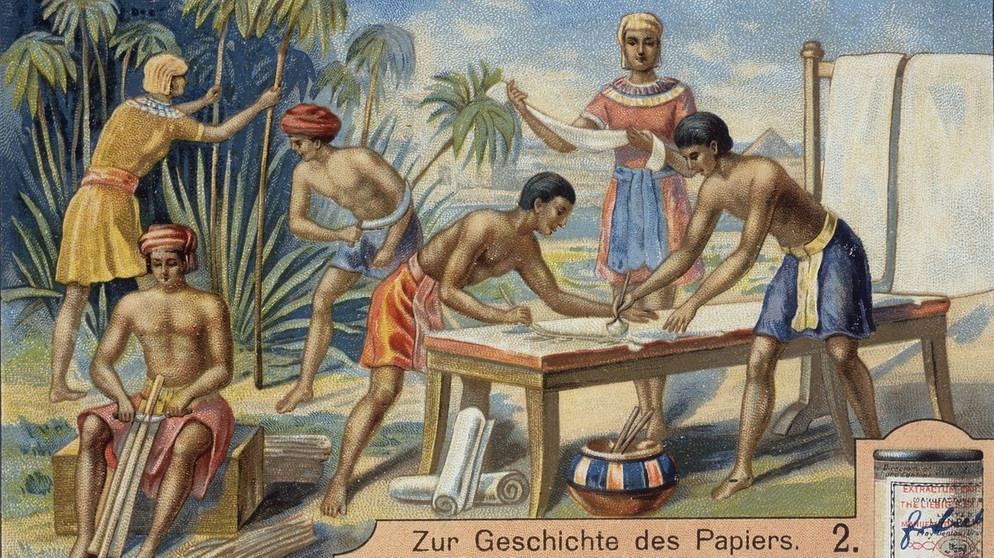Papyrus Large-Size - Horus and Nefertari
Natural papyrus with outline motif - natural border - approx. 32 × 42 cm
This is how history can be "grasped"! A real experience and guaranteed unforgettable.
Ideal for thematic school and art lessons.
The motif
Nefertari was already married to her husband "Ramses II" before he ascended the throne and they already had several children together. In the burial chamber of the high priest Nebwenenef, Nefertari is depicted behind her husband in the so-called "appearance window" of the palace.
For painting
12 double-fibre pencil - Article No. 2701
Pilot Pintor - White, Gold, Silver Article No. 2703
Set of 6 tempera paints - Article No. 2711
Set of 14 tempera colours - Article No. 2712
Brush set 6 pieces - Article No. 2713
Mixing palette - Article No. 2714
PGI Papyrus
made of hand laid papyrus, produced in Egypt
silkscreen motif, natural border
can be painted with fibre-tip pens and watercolours
| Aspiration scale: | Medium |
|---|---|
| Time Line: | 2,0 Hours |
Horus and Nefertari
Nefertari was already married to her husband "Ramses II" before he ascended the throne and they already had several children together. In the burial chamber of the high priest Nebwenenef, Nefertari is depicted behind her husband in the so-called "appearance window" of the palace. In the following period, the queen repeatedly appears in scenes behind her husband, which is to be understood as an expression of her high position.
Nefertari is mentioned for the last time in the 24th year of Ramses II's reign, at the dedication of the two temples of Abu Simbel, for which the ruling couple travelled specially to Nubia.
The name of this powerful god Horus means something like: "the one above, the one far away". As the god of kings, of the sky, of light and of the world in general, Horus became the main god of the Egyptians over the millennia. But he had to fight hard for this position against the brother of his father Osiris - the god Seth.
Horus is usually depicted in the form of a falcon. On many images, however, Horus is also depicted as a god with a human body and a falcon's head. The mostly falcon-headed Horus was equated with the pharaoh and Re, the sun's eye (sun). That is why every pharaoh called himself Horus. The eyes of Horus represent the sun and the moon. Hathor, the goddess of beauty and love, is usually named as Horus' consort.



